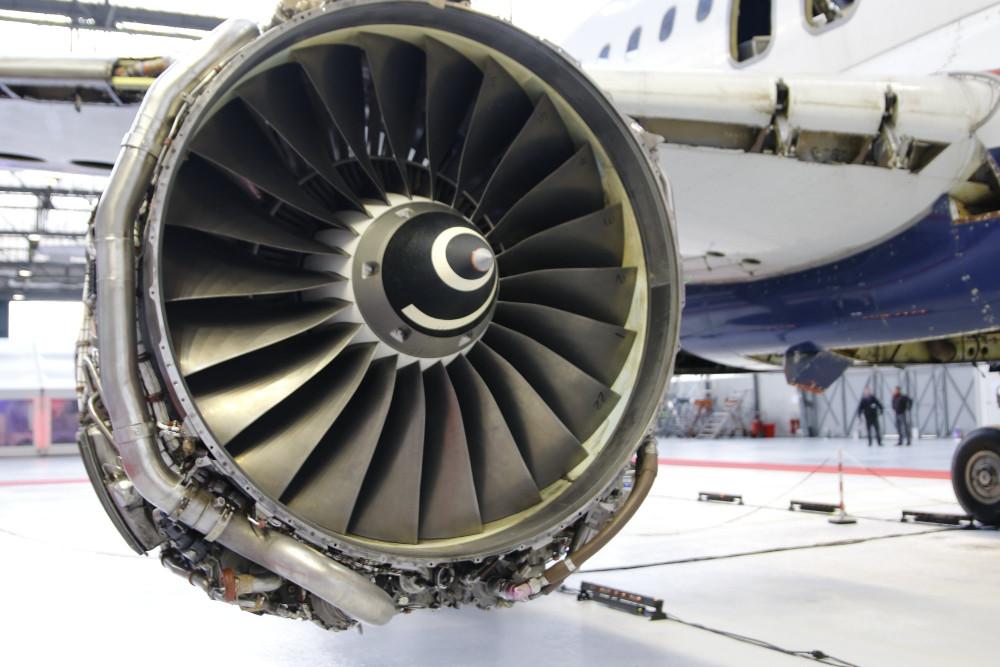
Although it will take some time for the full impact of the Covid-19 crisis to be understood, a consensus is building that engine maintenance demand this year has been chopped in half.
Consultancy IBA reported this week that engine shop visits had “stabilized” at 50% of pre-crisis levels, forecast that numbers won’t see growth (on 2019) again until 2022.
Aviation Week’s 2021 Commercial Fleet & MRO Forecast predicts 9.152 engine MRO events next year, rising to 10,690 in 2022, while total engine maintenance demand is expected to rise from about $30 billion in 2021 to about $40 billion by the middle of the decade.
Meanwhile, IBA also noted that engine trading activity has slowed as potential sellers have baulked at demand for discounts of up to 50%.
That said, narrowbody engine value remain strong, even for old equipment. IBA said that a 1999-vintage CFM56 engine for an Airbus A320 has only lost 10% of its value “due to the combined benefits of OEM price inflation and regular reinvestment”.
The most modern narrowbody engines have fared even better and are understood to be behind an improvement in lease rate factors in the sale and leaseback market.
At the same time, though, many spare engines that reached the ends of their lease terms during the crisis have been returned and put into storage
“The engine marketplace has faced significant, immediate challenges since the onset of the Covid-19 pandemic, but the underlying, long term picture is a more stable one and the advent of vaccines is likely to accelerate that trend,” said IBA president Phil Seymour.
Of course, widebody engine values have taken a much bigger hit, both due to the crisis and pre-existing structural factors in the widebody market.
And while many such engine may not return to service, lessors and owners of narrowbody turbofans will be putting their hopes in further positive vaccine news to ensure their assets spend as little time in storage as possible.





